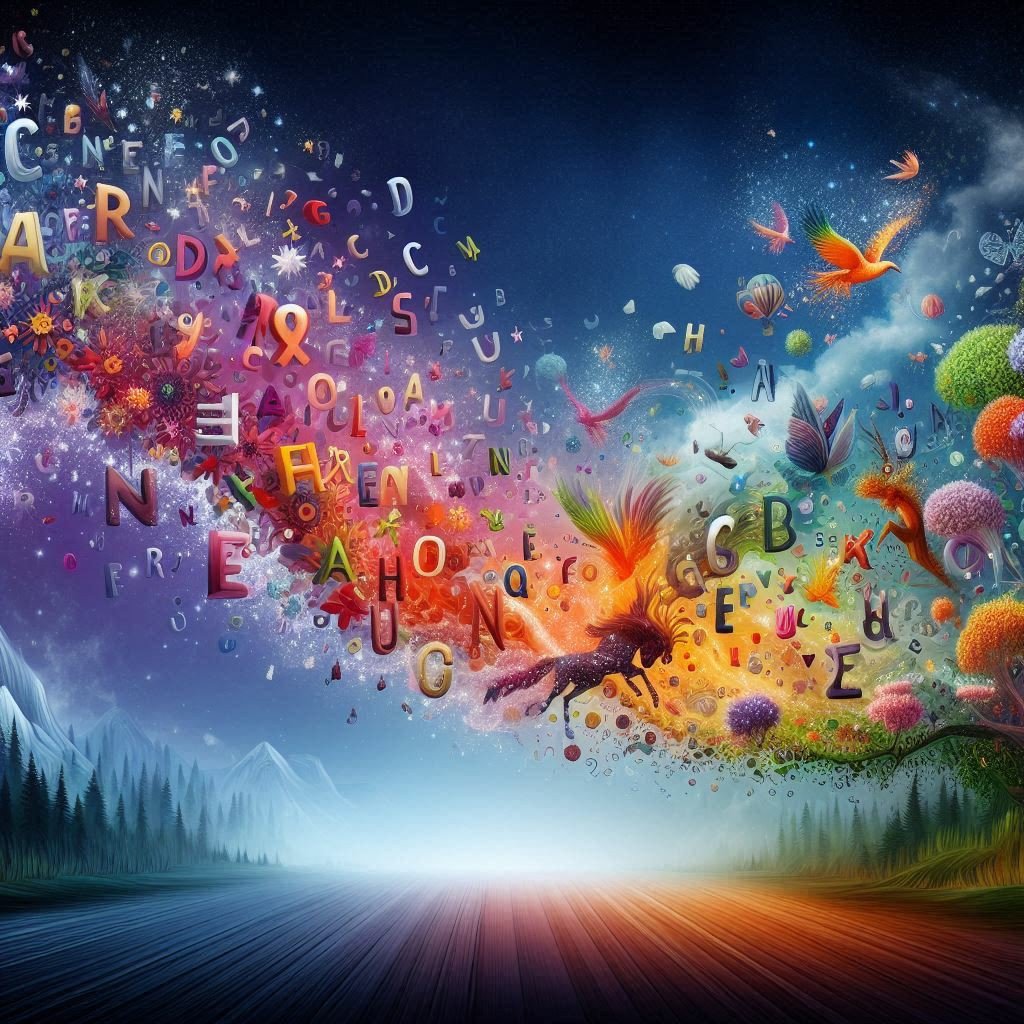
Have you ever wondered how your food packaging can help reduce the environmental impact of your meal delivery? Traditional plastic containers are a major culprit in the growing waste problem, taking hundreds of years to decompose. Single- and double-barrier disposable biodegradable meal boxes are emerging as eco-friendly alternatives, but what exactly makes them different? Let’s explore the key differences between these two types of meal boxes and how they can help both consumers and businesses reduce their environmental footprint.
Single- and double-barrier biodegradable meal boxes are made from renewable materials like sugarcane pulp, bamboo, and palm leaves. Single-barrier boxes offer basic protection, while double-barrier boxes provide extra durability and moisture resistance, making them ideal for different types of food.
Keep reading to find out which box suits your needs and why choosing biodegradable options can help you contribute to a greener world.
What Is the Difference Between Single- and Double-Barrier Biodegradable Meal Boxes?
Single- and double-barrier biodegradable meal boxes are designed to address different food packaging needs. Single-barrier meal boxes are made from materials that are naturally compostable, like sugarcane pulp, bamboo, or palm leaves. These boxes provide sufficient durability for dry foods and have the added benefit of being biodegradable, meaning they break down quickly when exposed to composting conditions.
Double-barrier meal boxes, on the other hand, add an extra layer of protection, making them more suitable for wet or greasy foods. The second barrier is usually a plant-based coating, such as PLA (Polylactic Acid), which offers resistance against moisture and oil while still being compostable. These boxes are ideal for takeout meals that include sauces, soups, or other liquid-based foods.
Now that we’ve established the basic differences, let’s dive into why these boxes are becoming popular in the food service industry and how they benefit both businesses and the environment.
The Rise of Biodegradable Meal Boxes: A Sustainable Choice
One of the biggest pain points in the food industry is packaging waste. Traditional plastic meal boxes contribute to a significant amount of landfill waste, and their environmental impact is undeniable. Plastic can take hundreds of years to break down, causing long-term harm to the environment. The solution to this problem? Biodegradable disposable meal boxes.
These boxes, particularly single- and double-barrier options, offer an eco-friendly solution to the waste problem. By opting for materials like sugarcane pulp, bamboo, and plant-based plastics, businesses can reduce their environmental footprint while still offering convenient, safe, and durable packaging for food. This shift toward biodegradable meal boxes is crucial for reducing plastic pollution and promoting sustainability in the food service industry.
Single-Barrier Biodegradable Meal Boxes: The Basics
Single-barrier biodegradable meal boxes are a great option for dry foods, such as sandwiches, salads, or snacks. These meal boxes are often made from sugarcane pulp (bagasse), which is a byproduct of sugar production. Bagasse meal boxes are lightweight, durable, and completely compostable. They can break down in as little as a few months in the right composting environment, making them a much better option than plastic containers.
The single barrier in these meal boxes usually refers to the outer material’s ability to hold food without leaking. However, single-barrier boxes may not always provide sufficient protection for wet or greasy foods, which is why double-barrier boxes are often preferred for those items.
Double-Barrier Biodegradable Meal Boxes: Extra Protection for Wet Foods
For foods that are saucy, greasy, or wet—think curries, stews, or soups—a double-barrier biodegradable meal box is a better option. These boxes are designed with an extra layer of protection, often in the form of a plant-based coating like PLA (Polylactic Acid). This coating makes the box more resistant to moisture and oil, preventing leaks and ensuring that the food stays contained.
The added benefit of double-barrier boxes is that they are still made from renewable, compostable materials, so they offer the same environmental benefits as single-barrier boxes. However, their extra durability and moisture resistance make them a more practical choice for a wider variety of foods.
Why Choose Biodegradable Meal Boxes?
One of the key advantages of biodegradable meal boxes is their environmental impact. These boxes are made from renewable, sustainable materials that break down quickly and naturally in composting environments. Unlike plastic containers, which can persist in landfills for centuries, biodegradable meal boxes provide a much greener alternative.
Additionally, businesses that choose biodegradable packaging are sending a message to their customers about their commitment to sustainability. This can enhance the company’s brand image and appeal to eco-conscious consumers. Whether you’re a small café or a large food delivery service, switching to biodegradable meal boxes shows that you care about reducing your carbon footprint and helping the planet.
The Growing Demand for Biodegradable Packaging
As consumers become more environmentally conscious, the demand for eco-friendly packaging has surged. Biodegradable meal boxes are no longer a niche product; they’re becoming the standard in the food service industry. Restaurants, takeout services, and even event planners are choosing biodegradable meal boxes to meet consumer expectations for sustainability. This shift is driving innovation in packaging materials, and more businesses are embracing eco-friendly solutions to reduce their environmental impact.
The growing popularity of biodegradable packaging also aligns with global efforts to reduce plastic pollution. Many countries and cities are now implementing bans on single-use plastics, making biodegradable options like single- and double-barrier meal boxes a crucial part of the future of food packaging.
Conclusion: The Future of Eco-Friendly Meal Packaging
In conclusion, single- and double-barrier biodegradable meal boxes are made from renewable, compostable materials that offer an eco-friendly alternative to plastic. Single-barrier boxes are ideal for dry foods, while double-barrier boxes provide extra protection for wet or greasy meals. By choosing biodegradable options, businesses and consumers alike can contribute to a greener, more sustainable future.
Switching to biodegradable meal boxes is a simple yet powerful way to reduce packaging waste and promote sustainability. Whether you’re hosting a party, ordering takeout, or running a restaurant, these boxes offer a practical and eco-conscious solution to food packaging.
